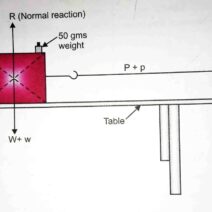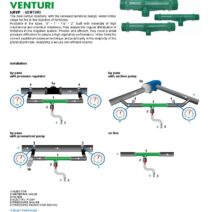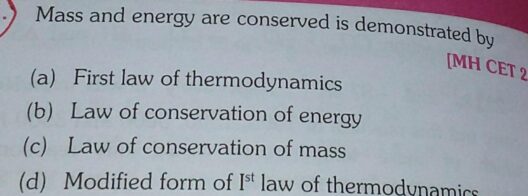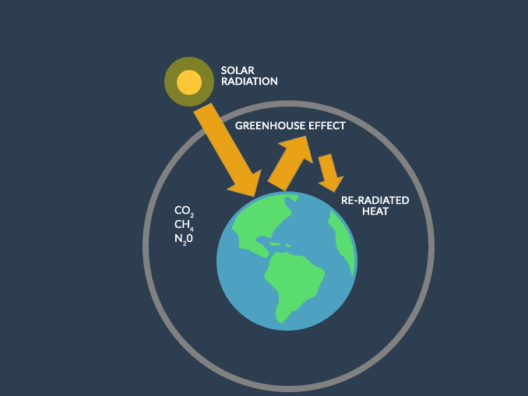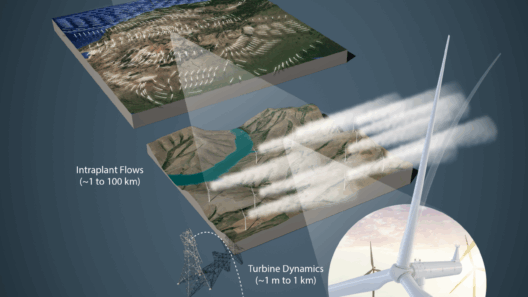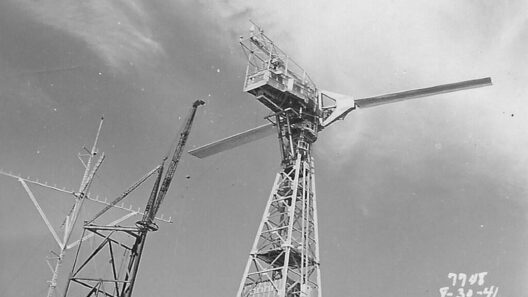Do It Yourself Wind Energy? A Guide to Building Your Own Wind Power System
The allure of harnessing the wind isn’t just for large-scale wind farms; it beckons to those with a passion for sustainability and an urge to empower their own energy independence. But is the prospect of constructing your own wind turbine as easy as pie, or does it prove to be a daunting endeavor? This guide delves into the intricate world of DIY wind energy, unfolding the potential of building your own wind power system.
With a bit of ingenuity, resourcefulness, and some elbow grease, creating your personal wind turbine system can be an exhilarating project. However, it poses the tantalizing question: Are you ready to embark on this renewable energy adventure, and what challenges might be lurking in the breeze?
The Basics of Wind Energy
Understanding the fundamental principles of wind energy is essential before venturing into construction. Wind energy is derived from the kinetic energy of moving air, which can be converted into electricity through wind turbines. These turbines consist of several key components: blades, a rotor, a generator, and a tower. When the wind propels the blades, they turn the rotor, generating mechanical energy that the generator converts into electrical energy.
It’s crucial to recognize that not all locations are ideal for wind energy. The effectiveness of wind turbines hinges heavily on wind speeds, local climate conditions, and the landscape of your property. Before breaking ground, extensive research and consideration of these elements can save both time and resources.
Types of DIY Wind Turbines
When it comes to choosing a specific design for your wind turbine, the options are diverse. Generally, homemade wind turbines fall into two primary categories: vertical axis wind turbines (VAWTs) and horizontal axis wind turbines (HAWTs). Each type presents unique advantages and challenges.
Vertical Axis Wind Turbines
VAWTs are characterized by their vertical blades, standing perpendicular to the ground. They are relatively simple to construct and are less affected by wind direction, making them an excellent choice for urban areas or turbulent wind conditions. This type of turbine is often quieter and eases the concerns of neighbors while still providing efficient energy conversion.
Horizontal Axis Wind Turbines
HAWTs are the more traditional style of wind turbine, recognized for their towering presence on wind farms. Their blades rotate around a horizontal axis, requiring precise orientation toward the wind. Though typically more efficient and capable of generating larger outputs, constructing a HAWT demands a greater level of skill and understanding of mechanical and electrical systems. Choosing between these designs significantly impacts the complexity and potential energy output of your project.
Essential Components for Your Wind Power System
Building a wind turbine requires several core components, identified as the backbone of the structure. Some critical elements include:
1. Blades: Crafted from lightweight yet sturdy materials such as PVC, wood, or fiberglass, the dimensions and design of the blades will greatly influence your turbine’s performance. A larger surface area captures more wind, translating to increased energy production.
2. Generator: The generator converts mechanical energy into electrical energy. Finding a suitable generator is essential for achieving the desired voltage and current output from your wind turbine.
3. Tower: The height of the tower is instrumental in maximizing wind capture. Taller structures are exposed to higher wind speeds and less turbulence caused by terrain features. However, you must ensure stability and resilience against adverse weather conditions when constructing the tower.
4. Electrical Components: This includes wiring, charge controllers, and batteries for energy storage. Properly installing and managing these components ensures that the generated energy is efficiently stored and utilized.
Challenges You May Encounter
While the journey towards building your own wind energy system is undoubtedly rewarding, challenges can arise at any step of the way. One such challenge is local zoning regulations and permits. Many areas have specific guidelines regarding the installation of wind turbines, so it’s prudent to familiarize yourself with local policies before proceeding.
Another obstacle includes the engineering intricacies involved in balancing the turbine. An improperly constructed turbine can lead to inefficiencies or mechanical failure. Taking the time to meticulously plan each aspect will mitigate these risks and enhance longevity.
The economic aspect cannot be overlooked. While DIY projects are typically viewed as cost-effective, the initial investment for materials and tools can add up. Conducting a thorough cost analysis and calculating potential long-term savings through reduced electricity bills can help to justify the financial commitment.
The Environmental and Personal Rewards
Embracing DIY wind energy projects isn’t just an act of personal independence—it’s an investment in environmental stewardship. Wind power significantly reduces reliance on fossil fuels, contributing to a decrease in greenhouse gas emissions. It’s a tangible way to combat climate change and promote sustainability.
Moreover, the personal satisfaction of realizing that your hard work translates into clean energy is an unparalleled reward. Each time you power your home with the wind’s free energy, an invigorating sense of achievement accompanies that gust.
In Conclusion
Building your own wind power system is an exhilarating venture that merges creativity with ecological responsibility. As you weigh the myriad of factors presented in this guide, remember the transformative potential this project holds. The journey may present challenges, yet the rewards—both environmental and personal—are immeasurable. Will you take the plunge to harness the wind and take charge of your own power generation? Only time will tell.
